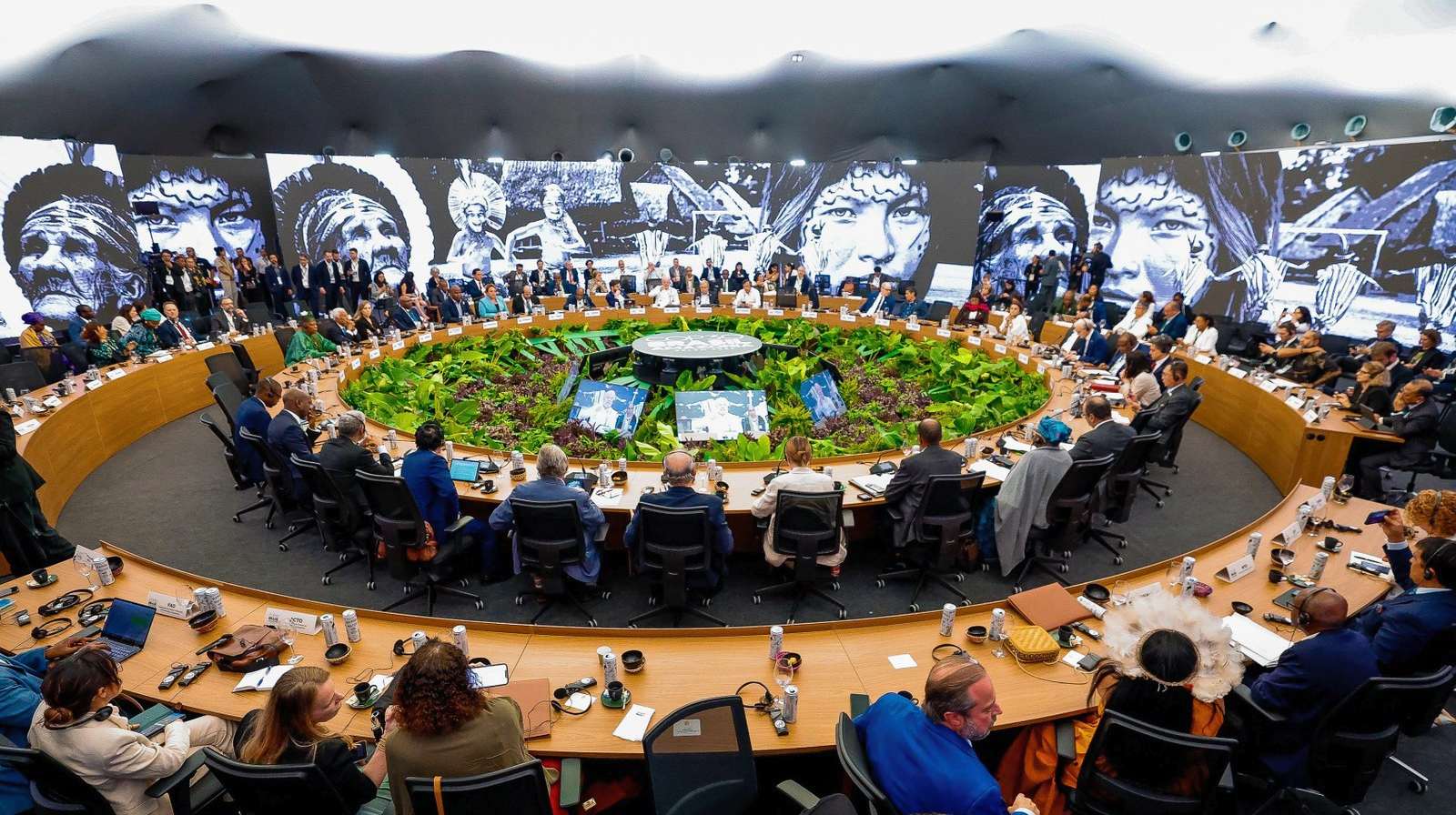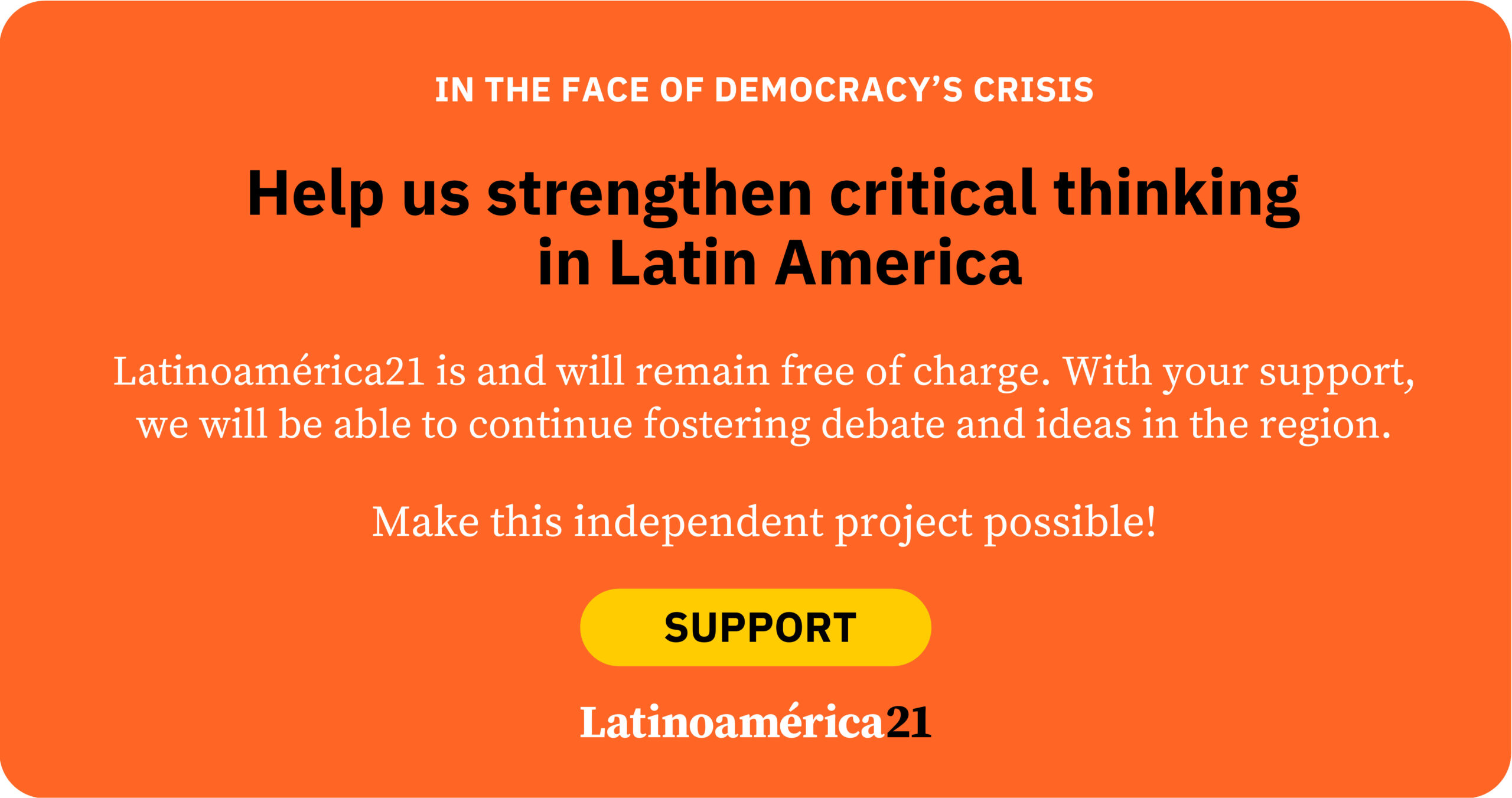As in previous editions, COP30 will assess the degree of compliance with the promises made. New statements will also emerge and, certainly, new pledges of funds for developing countries. Among them, the commitments made by the Finance Ministers of Azerbaijan and Brazil in the “Baku to Belém” roadmap stand out. These commitments are expected to increase the funds allocated to developing countries from the 300 billion pledged at COP29 to about 1.3 trillion dollars annually starting in 2035. New ambitions, old promises.
This new COP will also highlight the absence of the U.S. delegation, as well as the retreat of climate ambitions among Europeans. Beyond the obscurantism prevailing in Washington or the fears emerging in Brussels’ offices, Belém reveals the geopolitical rift running through the multilateral framework. This new context clearly limits the likelihood of success for the proposals mentioned and fuels the advance of new oil exploration—an enthusiasm shared by numerous Latin American leaders.

Regardless of differing visions, the discussions will not be able to sidestep the financing problems faced by island economies and developing countries (SIDS and other developing economies). This includes the need for funds for mitigation, adaptation, and to cover the costs resulting from natural disasters.
2025 forces us to look back to Paris
The discussions in Belém will not be able to avoid the grim reality. A recently published United Nations document highlights that the global average temperature is on track to exceed the 2.8°C threshold above pre-industrial levels. Most countries prefer to sacrifice the planet rather than abandon carbon-intensive projects. Instead of decreasing, the emissions gap grows year after year.
Meanwhile, the damages caused by natural disasters are increasing: according to reinsurance company Munich Re, climate-change-related losses in 2024 reached roughly US$320 billion. The cost of inaction rises every year, particularly for SIDS and developing countries. The financing gap is especially acute in adaptation. But the effects go beyond monetary losses. The World Health Organization estimates that rising temperatures will increase annual deaths by more than 250,000 people in the near future, disproportionately affecting those with the least resources.
As oil companies manage to delay the transition, climate risks continue to rise, as do adaptation costs.
This new COP also forces us to reconsider the much-cited speech known as the “tragedy of the horizon,” delivered by Prime Minister Mark Carney to the banking sector in London ten years ago. Expectations withered there as well, demonstrating that it is not possible to reverse the financing pattern through cosmetic changes in market functioning. Greater transparency and availability of information are not enough if short-term profitability continues to dictate resource allocation.
Despite everything, a preparatory document for COP30 issued by finance ministers once again highlights the need for developing countries to implement the same types of measures: improve transparency and deregulate the financial system in order to improve access to funds. The proposed solution ultimately recreates the subsidiary role the state is expected to play in climate matters, since its primary function is to reduce the macroeconomic risk faced by investors. The zeal to reduce legal restrictions on financial institutions prevents these same entities from acknowledging the institutional weaknesses faced by countries whose limited regulatory capacity hinders the adoption of prudent environmental measures.
The shift in investor sentiment weakened the push led by the Canadian Prime Minister to transform the financial system. The private sector underestimates the economic and financial risks inherent in the current emergency. The scenarios used by financial institutions ignore the growing costs driven by the environmental tragedy. Capital markets should penalize companies that accumulate reserves above the carbon budget required to prevent further warming. Likewise, regulators must begin overseeing cross-border flows intermediated by global banks when they finance carbon-intensive projects. Yet despite the shortcomings of such funds, the Baku-to-Belém financing proposal suggests that the private sector would guarantee half of the proposed funds (US$650 billion).
All of this affects the debt levels of less-developed countries while increasing their exposure to financial risk. In this regard, the Debt Sustainability Analysis (DSA) carried out by the IMF and World Bank should be exemplary. But it is not. Unfortunately, the analytical framework currently in use underestimates climate risk. As they face growing loss and damage and rising adaptation costs, the most exposed countries see their borrowing costs climb while the promised funds fail to materialize. In fact, the efforts of countries that do allocate fiscal resources are not even considered in the DSA.
The breaking points that once seemed distant are approaching; risks are accumulating, and “green swans” threaten the financial system. The risk of “ruin” should push governments to regulate the sector and implement a prudent approach, but pressures from the “wolves” remain stronger. The lobbying efforts of those who manage investment funds outweigh the evidence coming from the scientific community.
The attempt to conceal the short-term bias of financial markets prevents progress on a proposal that prioritizes long-term financing and grants greater prominence to civil society. The proposals for a “new era in climate finance” resemble the old solutions that typically emerge from the financial sector—an industry also “captive” to the interests of fossil fuels. As many argue, it seems more feasible to wait for the end of the world than to push for a transformation of the current economic model.













